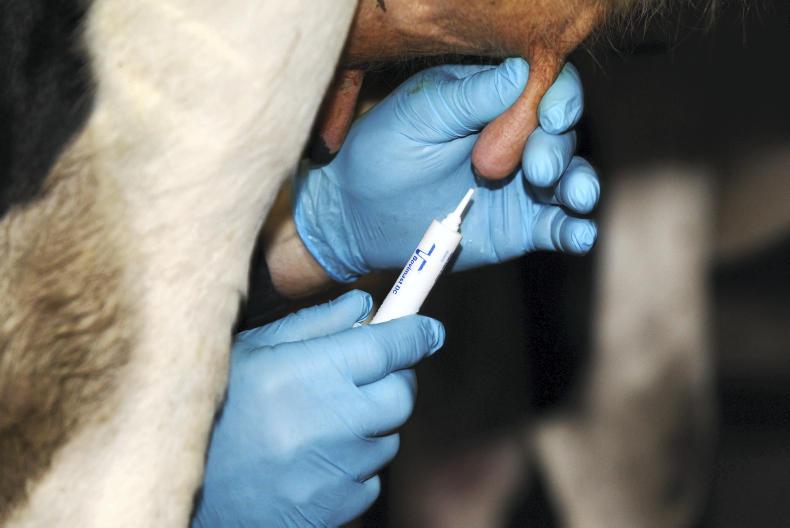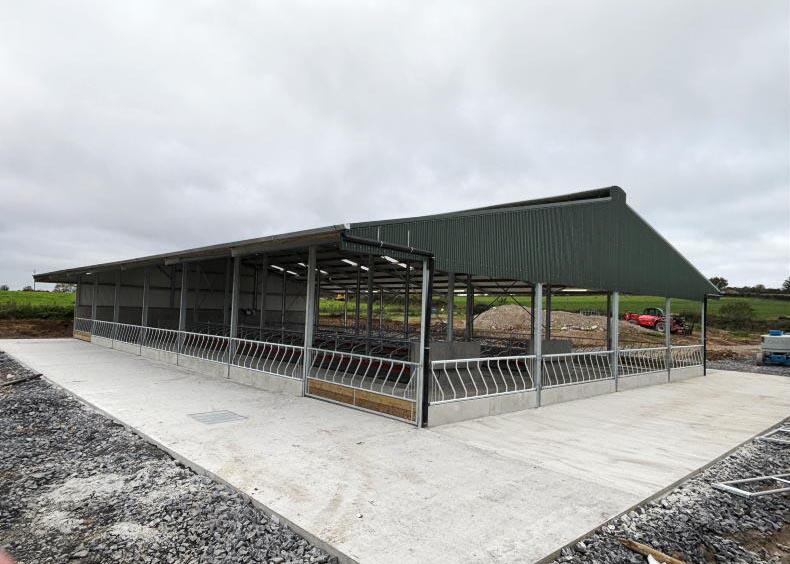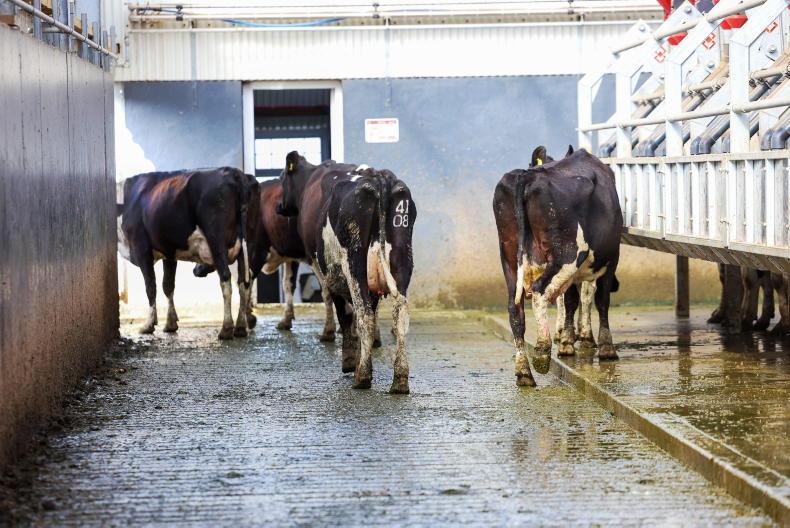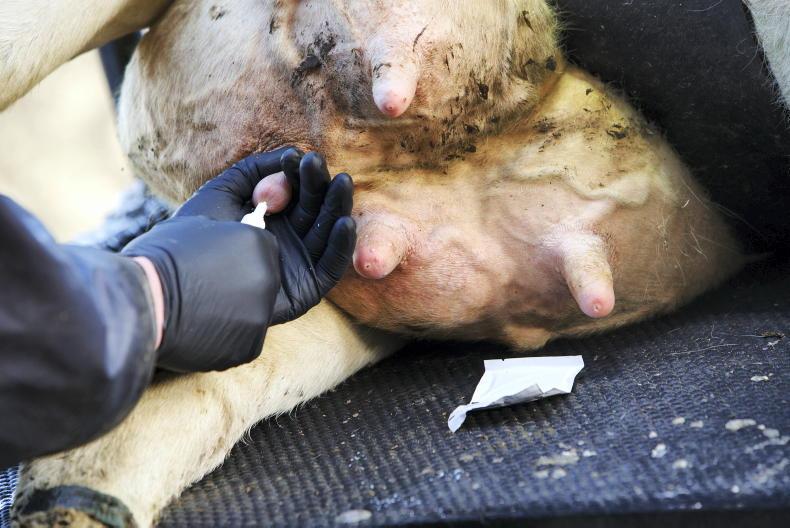By now, most spring-calving herds are fully dried off, with the bulk of the cows having been dried off in the past fortnight. This is a high-risk period for picking up new infections.
The cow's udder has not yet fully involuted and the natural plug or barrier in the teat canal has not yet been fully formed.
Furthermore, we sometimes see dry cows dripping milk or a pool of milk under the cow when she is lying in the cubicle.
Compromised
If milk can come down, that means bugs can go up. Some people ask if the teat seal (if used) has been compromised if you see milk dripping? My view is that, yes, it has. Depending on the force of milk that's trying to come out of the udder, there might not be anything that can be done.
Restricting feed pre- and post-drying off will help to reduce volume of milk being produced, but, in many cases, some dripping is inevitable. Often, it appears to be caused by the way the cow is lying on the cubicle and the pressure being exerted on one teat or on one quarter.
It's like a big petri dish for bugs and bacteria to grow and multiply
Milk and dung on a cubicle bed is literally a hotbed for infection. When the cow is lying on the cubicle she is emitting heat. It's like a big petri dish for bugs and bacteria to grow and multiply.
Cleaning and liming cubicles after drying off is essential to reduce the growth of bugs and reduce the risk of infection. Lime is a disinfectant, as it raises the pH to a level that kills bacteria.
It's a good policy to regularly check the udders of cows that have been dried off for signs of inflammation and treat accordingly.
If an udder is hard and hot, it will need to be stripped and treated to cure the infection.
Read more
Study confirms badger role in TB
Vet's Corner: get your house in order this winter
By now, most spring-calving herds are fully dried off, with the bulk of the cows having been dried off in the past fortnight. This is a high-risk period for picking up new infections.
The cow's udder has not yet fully involuted and the natural plug or barrier in the teat canal has not yet been fully formed.
Furthermore, we sometimes see dry cows dripping milk or a pool of milk under the cow when she is lying in the cubicle.
Compromised
If milk can come down, that means bugs can go up. Some people ask if the teat seal (if used) has been compromised if you see milk dripping? My view is that, yes, it has. Depending on the force of milk that's trying to come out of the udder, there might not be anything that can be done.
Restricting feed pre- and post-drying off will help to reduce volume of milk being produced, but, in many cases, some dripping is inevitable. Often, it appears to be caused by the way the cow is lying on the cubicle and the pressure being exerted on one teat or on one quarter.
It's like a big petri dish for bugs and bacteria to grow and multiply
Milk and dung on a cubicle bed is literally a hotbed for infection. When the cow is lying on the cubicle she is emitting heat. It's like a big petri dish for bugs and bacteria to grow and multiply.
Cleaning and liming cubicles after drying off is essential to reduce the growth of bugs and reduce the risk of infection. Lime is a disinfectant, as it raises the pH to a level that kills bacteria.
It's a good policy to regularly check the udders of cows that have been dried off for signs of inflammation and treat accordingly.
If an udder is hard and hot, it will need to be stripped and treated to cure the infection.
Read more
Study confirms badger role in TB
Vet's Corner: get your house in order this winter










SHARING OPTIONS